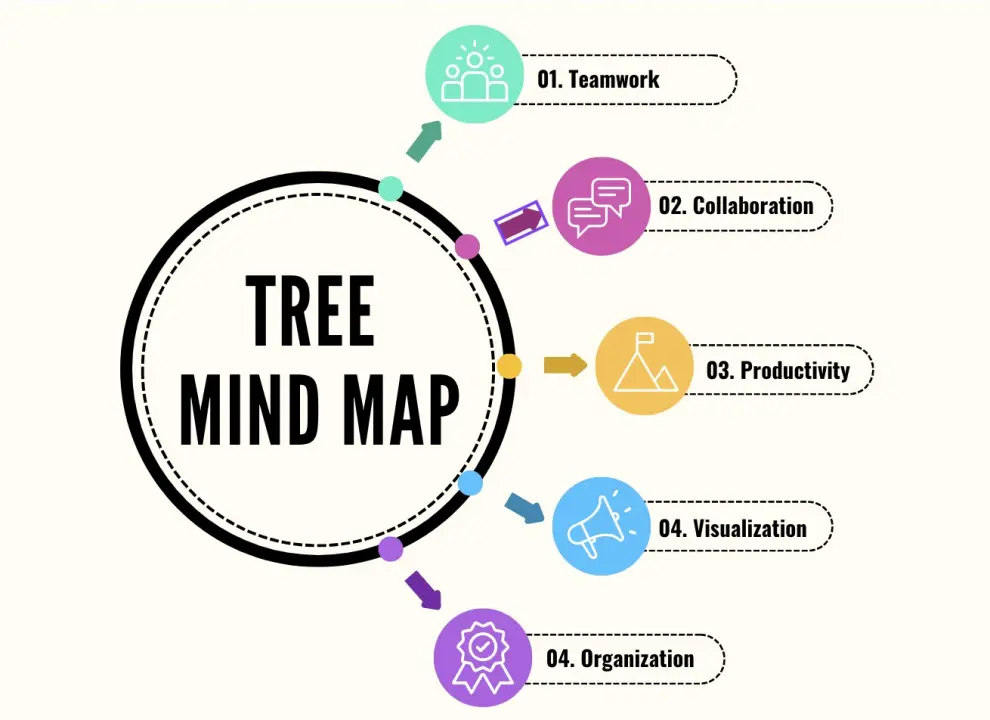
[7 Amazing Tree Map Examples] How to Unlock Powerful Visualizations for Your Data
This blog post explores seven creative tree map examples that showcase the versatility and power of this data visualization technique.
Education Consultant

Concept Maps, as a powerful cognitive tool in the broad field of pedagogy, are gradually becoming a key element in facilitating knowledge construction and understanding. The purpose of this paper is to explore the centrality of Concept Maps in educational practice, and to illustrate their importance by analyzing in detail their advantages in promoting students’ advanced thinking skills, enhancing their ability to integrate information, and facilitating self-directed learning.

Image from: An integration of Mind Mapping and Concept Mapping (visual-mapping.com)
Concept mapping provides learners with a clear and intuitive cognitive framework by visually displaying the intrinsic connections and hierarchical structure of knowledge. It not only helps students to organise and manage complex information effectively, but also facilitates deeper cognitive processing, such as analysis, synthesis and evaluation, so as to deepen their understanding and retention of knowledge. In addition, concept mapping encourages students to think critically and creatively, develops their problem-solving skills and serves as an important bridge to knowledge transfer and innovation.
This paper will not only show in detail the specific content and application contexts of these nine sample concept maps, but also analyse in depth the educational concepts and design principles behind them.
Readers will learn how to use concept maps flexibly according to teaching objectives and students’ needs, and how concept maps can be used to promote students’ deep learning, critical thinking and creativity.
In addition, this paper will explore the potential application value of concept maps in curriculum design, teaching evaluation and teacher professional development, providing educators with comprehensive guidance and reference. Through the reading of this paper, readers will deeply recognise the importance and broad prospects of concept mapping in education, and thus apply it more actively in teaching practice.
Concept mapping, as a knowledge representation tool, is centered on visualizing the interconnections and hierarchical structure of concepts in a graphical way. It transcends the limitations of traditional textual descriptions and facilitates learners’ overall grasp and in-depth understanding of complex knowledge systems in a visualized form.
Concept maps help students build a clear conceptual network by visualizing abstract concepts as graphical elements and clearly demonstrating the logical relationships between them, thus effectively reducing cognitive load and improving understanding of complex concepts.
In the era of information explosion, concept maps, as an efficient information management tool, can help students systematically organize, categorize and store what they have learned, forming an orderly knowledge system for easy retrieval and recall.
By constructing concept maps, students need to constantly examine, analyze and evaluate the relationships between concepts, a process that helps them develop critical thinking skills, learn to look at problems from different perspectives, and come up with original insights.
Concept mapping encourages students to make associations and expansions, linking seemingly unrelated concepts to form new cognitive schemas, thus stimulating creative thinking and providing new perspectives and ideas for solving complex problems.
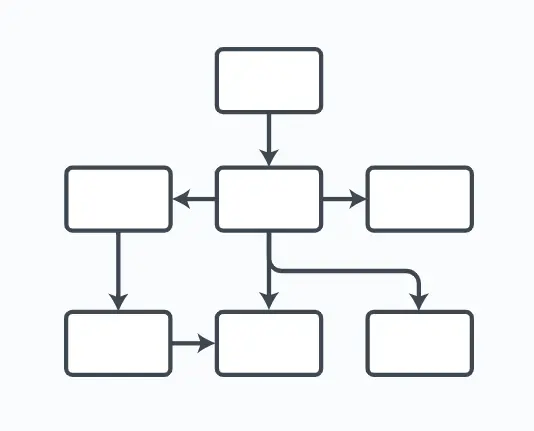
Image from:Concept Mapping Guide and Tutorial | Lucidchart
This example focuses on the complex network of an ecosystem, with a concept map that accurately demonstrates the hierarchical structure of the food chain and the interactions and dependencies of key ecological players such as producers, consumers, and decomposers. The diagram not only promotes students’ understanding of the dynamic equilibrium of ecosystems, but also reinforces their knowledge of energy flow and material cycling in ecology.
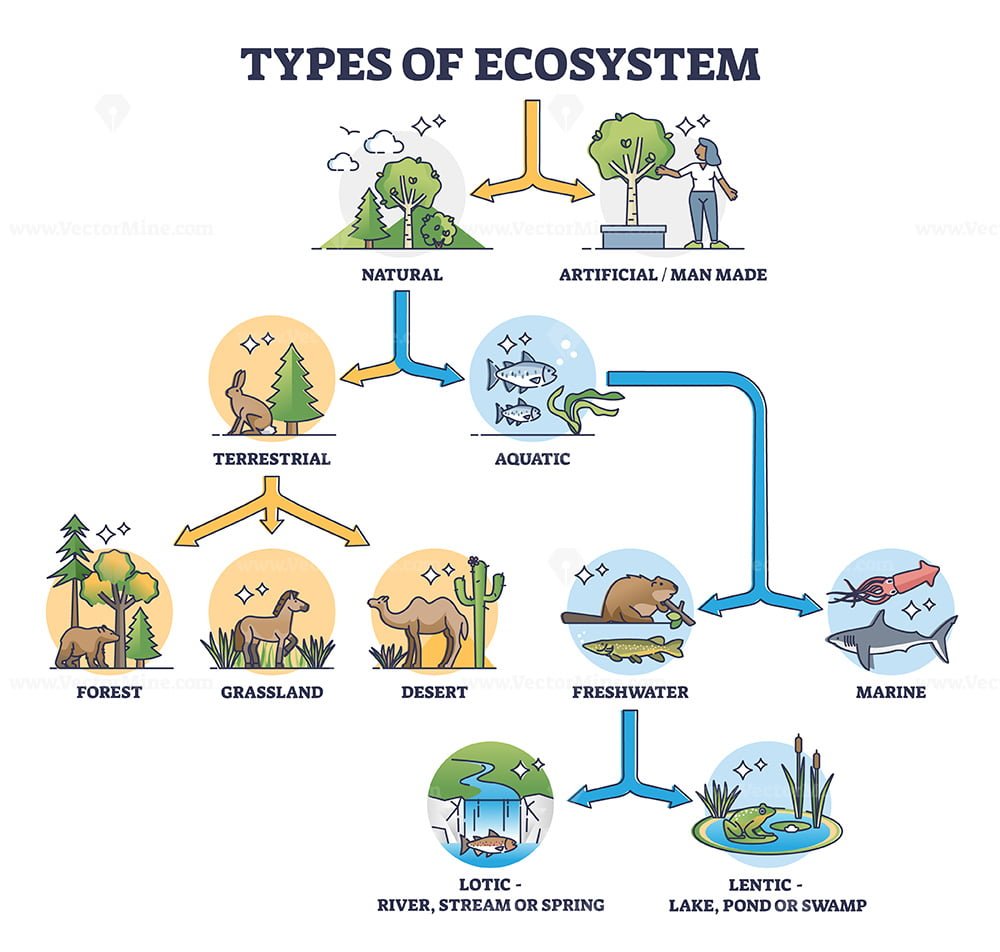
Image from:Types of ecosystem with natural and artificial division outline diagram - VectorMine
Utilizing the timeline feature of concept maps, this example clearly organizes the sequence of major historical events and marks the causal relationship between events through connecting lines, helping students to build up a macro-historical perspective and gain a deeper understanding of the continuity and turning points of the historical process.

Image from: Timeline showing some of the most important events throughout the… | Download Scientific Diagram (researchgate.net)
This example provides an in-depth analysis of the core elements of mathematical functions, including function types, definition domains, value domains, etc., and visualizes the mapping relationships and transformation patterns among functions through images. This not only enhances students’ intuitive understanding of function concepts, but also improves their ability to analyze and solve mathematical problems using images.
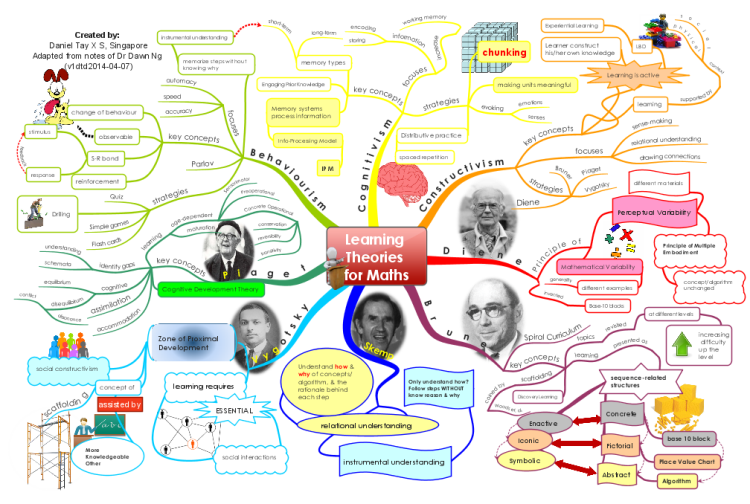
Image from: Learning Theories for Maths: iMindMap mind map template | Biggerplate
Based on the periodicity law of the Periodic Table, this example constructs a correlation diagram between the attributes of elements, revealing the intrinsic connection between atomic number, group, period and other attributes. This diagram not only helps students to systematically grasp the properties of elements, but also promotes their in-depth understanding and application of the Periodic Law of Chemistry.
Image from:Steps of Scientific ;mindmap/baidu.com
By analyzing the complex relationships among major characters in a novel or drama, this example builds a multi-dimensional character relationship network. This diagram not only enhances students’ grasp of the plot and characterization of a work, but also promotes their thinking about the themes of interpersonal relationships, conflict and reconciliation in literature.
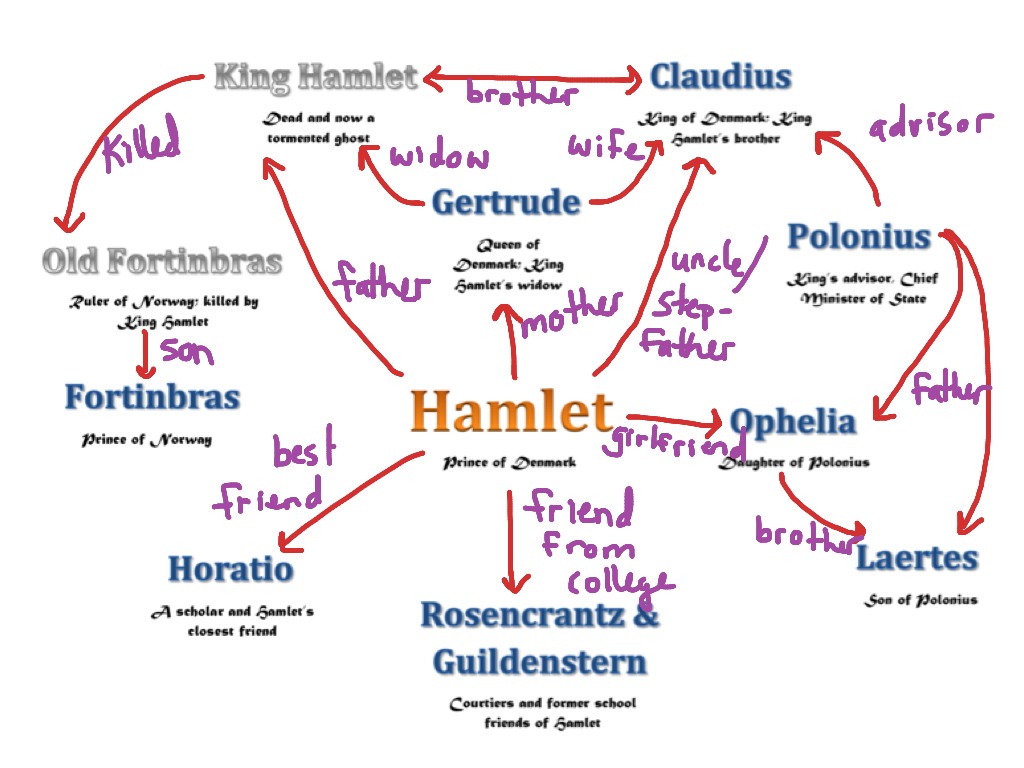
Image from:Main Characters of Hamlet | english, Hamlet | ShowMe
This example depicts the unique characteristics and biodiversity of ecosystems in different geographical regions of the globe, as well as their interconnections and influences. This map not only broadens students’ geographical horizons, but also deepens their understanding of global ecological protection and sustainable development.
Image from:The Systems Concept | GEOG 3: The Future of Food (psu.edu)
In the form of a concept map, this example systematically explains the methodology of scientific research, including key aspects such as observation, hypothesis, experiment and conclusion. This diagram not only helps students grasp the basic process of scientific inquiry, but also develops their scientific thinking and experimental design skills.

Image from:u=1641892051,239111051&fm=253&fmt=auto&app=138&f=JPEG (500×220) (baidu.com)
Taking a certain programming language as an example, this sample shows the basic concepts of data types, control structures, functions, etc. and their organizational structure. This diagram not only helps students construct the knowledge framework of programming languages, but also enhances their ability to write codes and solve practical problems.

Image from: Structured programming language list - idonsa (weebly.com)
This example provides an in-depth analysis of the core concepts of social stratification, class structure, and power relations, and explores their impact on individual behavior, social structure, and even the political and economic system. This chart not only deepens students’ understanding of the complexity of society, but also stimulates their thinking about social justice and change.

Image from:Pin page (pinterest.com)
Determining the central theme is the core step in the construction of the concept map, which should accurately reflect the core issues of research or study. Subsequently, around the central theme, the main branches are gradually developed, which represent key concepts or subtopics closely related to the central theme. In constructing the main branches, the principle of clear logic and hierarchy should be followed to ensure that the branches are both independent and closely related.
In the main branches to determine the need to further add details, such as specific concepts, definitions, attributes or examples, in order to enrich the content of the concept map. At the same time, the use of relationship arrows to make clear the intrinsic connection between the concepts, such as cause and effect, containment, similarity and so on. When adding details and relationship arrows, we should pay attention to the accuracy of the language and the conciseness of the expression to avoid redundant information interfering with the reader’s understanding.
In the above article, we have discussed in depth the wide application and far-reaching impact of concept maps in the field of education, revealing their unique value and great potential in promoting students’ cognitive development and improving the quality of teaching and learning. Concept maps, as a graphical knowledge representation tool, can not only visualize the intrinsic connection and hierarchical structure of concepts, help students construct a systematic knowledge system, but also stimulate students’ critical thinking and creative problem-solving ability. In addition, concept maps have multiple functions such as promoting interdisciplinary integration, optimizing teaching design, and enhancing the efficiency of teaching evaluation, which provide a powerful support for educational innovation and development.

This blog post explores seven creative tree map examples that showcase the versatility and power of this data visualization technique.
Education Consultant
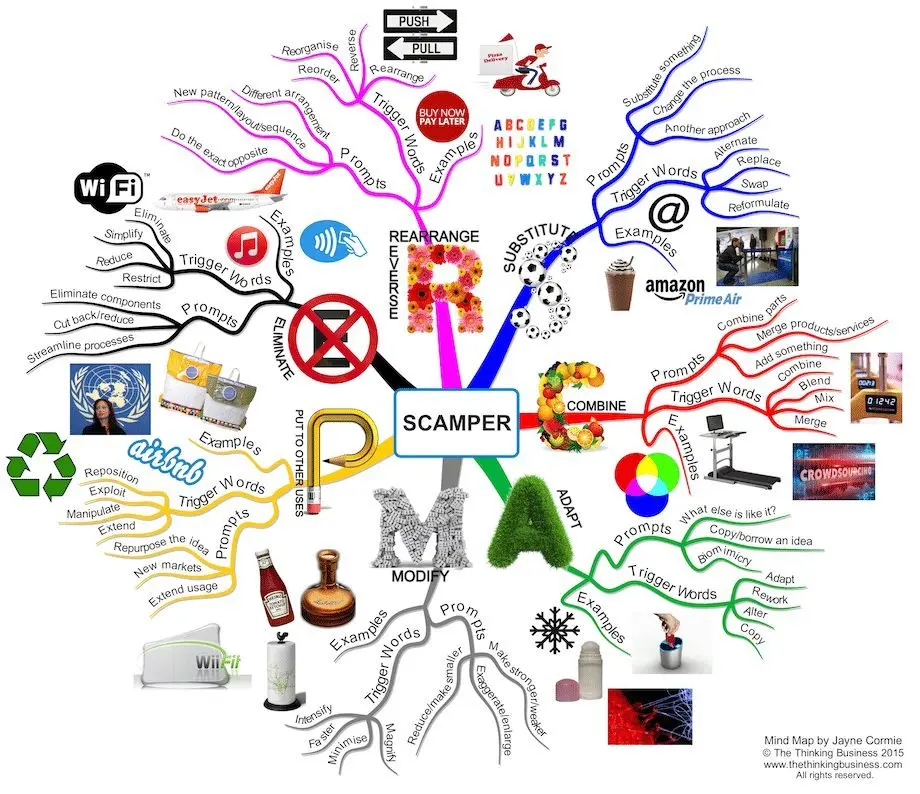
This blog uses the SCAMPER technique to suggest pencil enhancements, such as adding an eraser, combining colors, integrating a sharpener, and exploring alternative uses. It also discusses design modifications and durability improvements.
Education Consultant
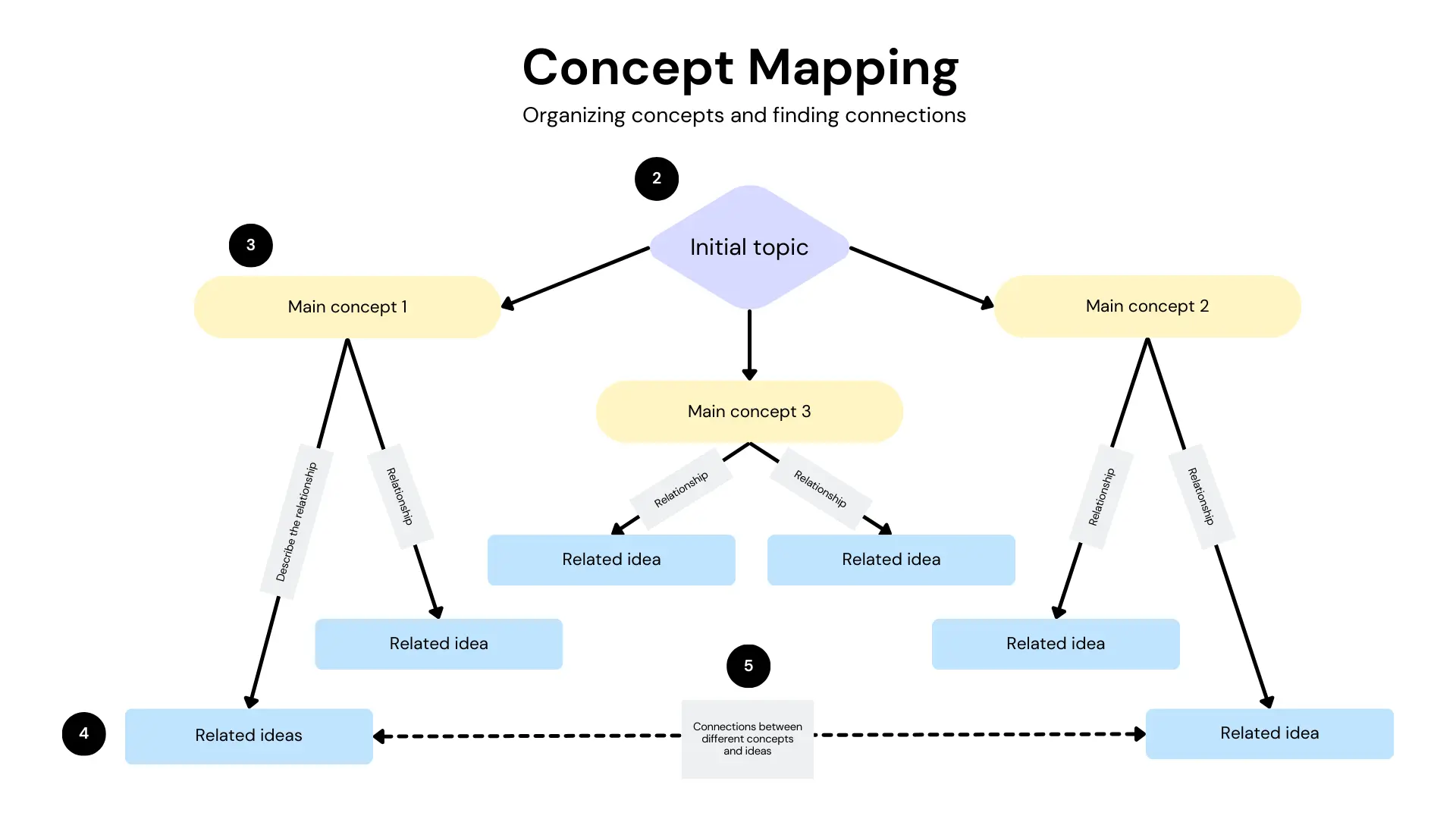
We often encounter various concepts and problems at work, and creating a concept map is a highly effective way to address them. This blog will explain what a concept map is and how it functions.
Education Consultant